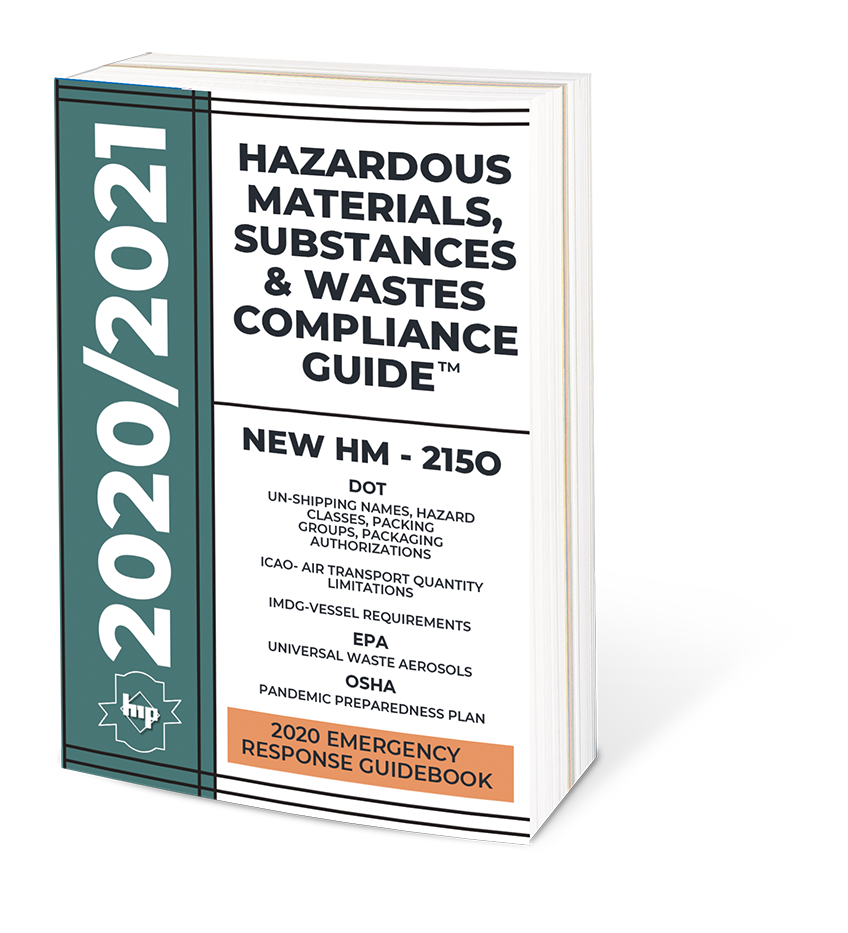It is well known that one of the first major challenges that the newly formed State of California faced in the mid 1800’s was environmental damage from hydraulic gold mining creating water quality, deforestation and navigational problems. Then, in the 1900’s it was agricultural concerns and finally in the 20th century the drilling of oil, and the growth of industries, including electronics and aerospace, that made many Californians realize they needed to take firm action to protect the state's pristine environment from these hazardous materials and wastes.
Those well intentioned efforts eventually spond the formation of 1300 state and local agencies, leading to confusion and overlap. So, in 1993 California passed regulations to implement and enforce these laws, with its first California Certified Unified Program Agency (CUPA), being certified in 1996. These CUPA’s are local agencies certified by the California Environmental Protection Agency (CalEPA), to implement, inspect and enforce six state hazardous waste and hazardous materials regulatory management programs.
Unfortunately, this program is not without its own problems, namely compliance issues among the state’s many stakeholders. So, we have tried to present an outline of each of these responsibilities and the regulating agencies with additional informational links to make it easier to understand and to which hopefully comply.
CUPA AGENCIES AND COMPLIANCE RESOURCES
CALIFORNIA CERTIFIED UNIFIED PROGRAM AGENCY
California Environmental Protection Agency (Cal/EPA) administers the Unified Program and certifies the Unified Program Agencies.
CUPA Hazardous materials and waste guidebook
Hazardous Waste Generator and Onsite Hazardous Waste Treatment (tiered permitting) Programs
Department of Toxic Substances Control (DTSC) provides technical assistance and evaluation for the hazardous waste generator program including above ground petroleum storage tanks and onsite treatment tiered permitting.
DTSC CUPA Hazardous waste inspection checklist
CUPA Hazardous waste generator homepage
Aboveground Petroleum Storage Act (APSA)
DTSC Aboveground tank homepage
Sacramento County Above ground tank checklist
Hazardous Materials Release Response Plans and Inventories Business Plans
The Governor's Office of Emergency Services (OES) is responsible for providing technical assistance and evaluation of the Hazardous Material Release Response Plan (Business Plan) Program and the California Accidental Release Response Plan (CalARP) Programs.
San Diego County Hazmat business response and inventory plan
California Accidental Release Prevention Program
Underground Storage Tank (UST) Program
State Water Resources Control Board (SWRCB) provides technical assistance and evaluation for the underground storage tank program in addition to handling the oversight and enforcement for the aboveground storage tank program
California Water boards UST homepage
EPA UST Guidebook and checklists
California Fire Code
Office of the State Fire Marshal (OSFM) is responsible for ensuring the implementation of the Hazardous Material Management Plans and the Hazardous Material Inventory Statement Programs. These programs tie in closely with the Business Plan Program
Living in a state that puts well being and the environment forefront can make it harder to run economically feasible endeavors, but is certainly worth the effort to guarantee the protection of the state’s natural resources through the 21st century and beyond.
Please sign up for one of our live online Pacific Time Zone Hazardous Materials, Substance and Waste Management Compliance Seminars coming up shortly in May. Don’t miss this golden opportunity to meet your responsibilities for training and testing under the CUPA requirements before your next inspection .
Robert J Keegan
Publisher and President
Hazardous Materials Publishing Company
Transportation Skills Program once
Hazmat.tsp@gmail.com




















